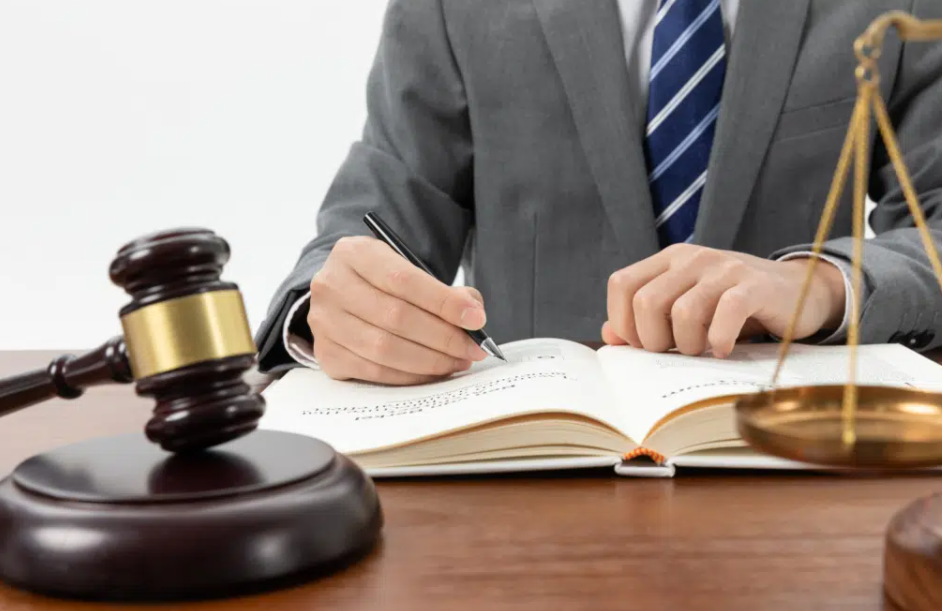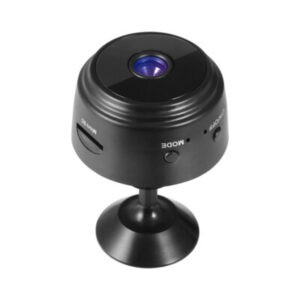How to Prove Workplace Discrimination: Key Steps and Evidence
Workplace discrimination occurs when an employee is treated in one way or another concerning protected characteristics. These factors include race,...

Workplace discrimination occurs when an employee is treated in one way or another concerning protected characteristics. These factors include race, gender, age, disability, religion, or national origin. Proving that one has been discriminated against would be quite difficult as employers tend to cover their biased actions under seemingly neutral policies. Therefore, knowledge of the law and the art of evidence-gathering is essential for the employee seeking justice in the end.
Understanding Workplace Discrimination
Discrimination in the workplace can have innumerable faces, such as:
- Bias in Hiring and Firing, withholding the job for a protected characteristic or wrongfully terminated, injury.
- Different Pay- paying different wages to employees on a job because of discriminatory motives.
- Harassment- creating an offensive work environment through intimidating or unacceptable conduct or remarks.
- Denying Promotions- Not giving qualified employees the promotions they deserve for discriminatory purposes.
- Retaliation-Discipline toward an employee who reports discrimination or has a role in an investigation.
Steps Reporter Proved Workplace Discrimination
Case of successful workplace discrimination must have a systematic approach to it. Here are the basic steps:
1. Identify the Type of Discrimination
For starters, find out what kind of discrimination you are subject to. Ask yourself:
- On which ground was the action taken, race, gender, religion, disability, or some other protected category?
- Was there a pattern of unjust treatment?
- Was there differential treatment of similarly situated employees?
2. Document Everything
Strong documentation is essential in discrimination cases. Keep records of:
- Emails and Messages – Keep all discriminatory emails, texts or communications.
- Performance Reviews – Compare your reviews with similarly situated employees.
- Witness Statements – colleagues present during the time of discrimination act as witnesses.
- Incident Log- keep a journal of the discriminatory acts, noting it as it happened on dates and names of persons involved.
3. Collect Evidence for Comparisons
Comparisons with other persons might be another evidence of discrimination. Acquire:
- Employment records concerning fellow employees.
- Indications of salary differential.
- Promotion- given strategies and trends that show bias in that aspect.
4. Review Company Policies
Obtain and review the employers’ various policies concerning discrimination, ethics training materials, and the complaint entry process. An inconsistency between what the employer preaches and what they practice strengthens the case.
5. Report Internally the Discrimination
Most employers have procedures put in place to manage complaints of discrimination. Navigate through:
- Report the matter to your HR department.
- Keep copies of all complaints and responses.
- Record occurrences of any retaliatory action post-complaint.
6. File a Complaint with the EEOC
If nothing is done within your complained organization, then go ahead and submit your claim to the Equal Employment Opportunity Commission (EEOC). This entails:
- Laying an official discrimination charge.
- To provide evidence and documentation.
- To comply with the investigations and possibly even mediation with the EEOC. Evidence Types in Discrimination Case:
Types of Evidence in Discrimination Cases
Direct Evidence
Clear statements or actions demonstrate discrimination, such as:
• A manager openly stating they prefer hiring younger employees.
• Written policies that disadvantaged a group from the protection.
Circumstantial Evidence: The Key to Proving Most Discrimination Cases
, such as:
• Different treatment from equally qualified co-employees.
• Having a background history of bias or discriminatory practices by the decision-
Statistical Evidence
More applicable in case of class action suits or large-scale claims of discrimination. Statistical evidence highlights biased patterns such as:
• The under-representation of specific groups with regard to promotions.
• Pay differences among employees who perform similar functions.
Employer Defences Against Discrimination Claims
Employers might try to justify their actions under any one of these defences:
- Performance-Based Decisions – Argument of poor job performance regarding employment actions.
- Business Necessity – Applicability of company policy equally across all employees.
- Lack of Evidence – If proof is not sufficient, deny wrongdoing.
Legal Remedies for Victims
Victims, on proof of workplace discrimination, will resort to:
- Compensation – Lost wages, back pay, and emotional distress damage.
- Reemployment – Wrongful termination.
- Policy Changes – Changes in policy through the court to avoid future discrimination claims.
How McCurdy & Eichstaedt, P.C. Can Help
McCurdy and Eichstaedt P.C. are specialists in workplace discrimination cases. Our highly-qualified attorney will:
- Ascertain the best legal strategy to handle the case;
- Assist in regard to EEOC filings and internal complaints; and
- Representation at negotiations or court proceedings.
Conclusion
Workplace discrimination is career-destroying and emotionally upsetting. Understand how to prove discrimination, gather evidence, and seek legal advice to better protect your rights against such an act. Discrimination in the workplace can ruin careers and wellbeing. Proving workplace discrimination involves extensive documentation, strong evidence, and learning a little about the legal processes.
Suppose you are the one who can declare that the particular place is full of discrimination. In that case, it is better to sugar-coat it by entering into the legal department. If you’ve experienced discrimination, do not keep it to yourself. Visit for experienced attorneys to help protect your rights toward fair compensation.





